Museum of Science
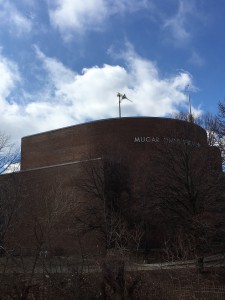
On March 11, we took a field trip to the Museum of Science in order to see four exhibits that show information related to what we are learning in class. These exhibits were “Catching the Wind”, “Conserve @ Home”, “Energized!” and “Investigate!”.
The first exhibit I visited was “Catching the Wind”, and it was all about wind and wind turbines. We have been using wind power for thousands of years, for examples, we used windmills to grind grain around the year 500 A.D., we used wind power to sail, and in the modern day, we used wind power to generate electricity.
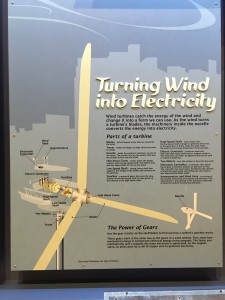
the picture above shows all of the components inside a wind turbine, which is exactly what we learnt from the class. As the wind turns the blades, the mechanical energy goes to the electric generator, which generate electricity for us to use. There are five wind turbines on the Museum’s roof, and one of them generates 2,218 kWh and saves 2,706 lbs. CO2 emissions annually.
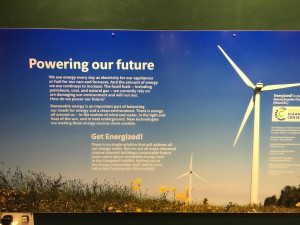
The second exhibit I went was “Energized”, and this exhibit showed us where energy came from. Unfortunately, As we were promoting renewable energies, only 8% of energy came from them, and 83% of our energy use was still account to fossil fuels. The exhibit also summarized pros and cons of some major forms of energy, such as fossil fuels, hydropower, nuclear, solar and wind. There were also some hand-on activities available to visitors, and on of them was that the visitors should power the city using combination of difference kind of energy without putting too much emission to our environment.
Next, I went to the “Conserve @ Home”, and this exhibit was all about what we could do to conserve energy, save money and protect our environment in our daily life. One of the fact that shocked me was that using rechargeable battery can save about 800 disposable batteries. And I though from now on, I should use rechargeable battery instead disposable batteries. Because it helped save energy and material to make disposable batteries.
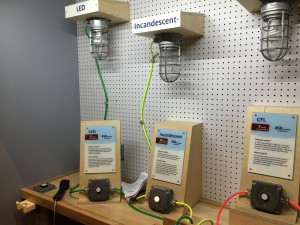
Then I saw a family was in front of a hand-on activity called “Turn Your Energy Into Light”, and as the boy turning the wheel around, the LED bulb lighted. But after the father switch to incandescent bulb, the boy could barely light the light bulb. After they gone, I examined the site, and found that incandescent light bulb actually required 40 watts of energy to light up, where LED bulb only need 8 watts of energy.
The last exhibit I went was “Investigate!”, and there were full of kids because stuffs there were actually very fun. I was drawn into a toilet, which would told people how the toilet worked after activity. But the kids were flushing the toilet on and on, so I had to go to other place. The second thing that got my attention was “Experiment with Drains”. It was about what affect the direction of the water spiral down a drain. And like some of people believed, I though it depended on the hemisphere and the spinning of the Earth. But after doing the experiment, I found that the water did not spiral if I did not flick the water with a stick. And I was always wrong about this. Then I began to think about why did it happen, and I though it was probably about the direction of force applied to the water, and the force may still be there even if the water was calm.
I left the Museum at one p.m. after visiting some other exhibits because I had class later that day. Overall, it was a very nice field trip to visit the Museum of Science, and I also learned a lot during this visiting. From the things that connected to our course, to conserving energy and protecting environment in our daily life. And also to discover the fact that I was always wrong about.
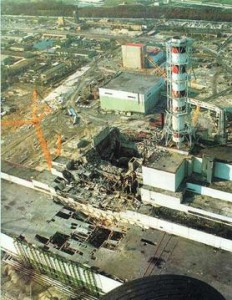

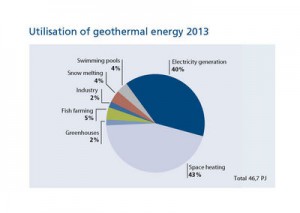
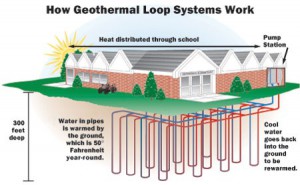
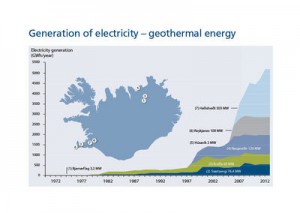
Recent Comments